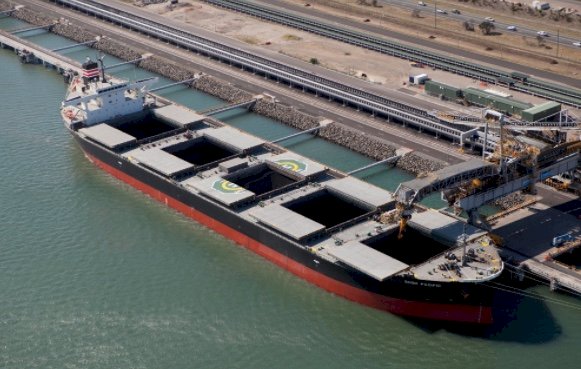AWB - Some other things to watch
- By: "Farm Tender" News
- Cropping & Grain News
- Mar 26, 2022
- 453 views
- Share

By James Urquhart - AWB
There is no doubt that the most significant influence on today’s grains and oilseeds markets is the situation in Ukraine – the unknowns of what will be planted, fertilised, harvested and exported from this important region is creating a nervous trading environment, prone to jumping at shadows. Almost with every new day comes fresh headlines and projections of just how far-reaching and long-lasting the shockwaves will be, and so whilst trying to write an article that is still relevant by the time it makes the paper is difficult, it is an easy task compared to those trying to trade in this market. To that end, the number of participants in the major futures exchanges has declined, with the thin market only exacerbating the volatility.
Whilst the market will continue to focus on the tragically bullish headlines emanating from the Black Sea region, there are however, other potentially market-moving factors that in any other year would be worth keeping a close eye on.
The current La Nina weather system is now anticipated to continue beyond previous forecasts and potentially extend into the Australian winter. Whilst that should bode well for most Aussie grain producers, its impact on some of the other key growing regions around the globe is being monitored closely. Corn and soybean crops in Argentina and southern Brazil are wilting under the heat of the La Nina sun, which also threatens the upcoming wheat plant in that region. In the Hard Red Wheat growing regions of the Southern Plains of the US, crop ratings are deteriorating with 73% of the growing area now drought declared.
Whilst there are no major flags today, there is growing attention being paid to how Canada emerges from their winter and into the seeding window after last year’s severe drought delivered a boon for Australian canola producers. With Canada’s canola pipeline empty, the South American drought reducing soybean production and labour supply issues impacting the south-east Asian palm harvest the global oilseed balance sheet is tight. With the crisis in Ukraine impacting the sunflower planting window in April/May this heightens the reliance on future supplies out the US, Canada, Europe and Australia and any threat to the crop in these geographies could provide additional bullishness to the oilseeds complex.
Last week’s news out of China that the country is facing its worst winter wheat crop “in history” seemed to quickly fade into the background, despite the somewhat dramatic nature of the announcement. Some doubt remains as to the extent of the damage caused by the late seeding program however should the world’s largest wheat producer seek to ramp up imports to maintain its reserves the market will inevitably be forced to sit up and take notice.
The world hopes desperately for an end to the devastation in Ukraine. How the situation develops from here is impossible to guess, but supply chains will continue to be forced to rethink how we move food from where it is grown to where it is needed, all the while keeping one eye on other important developments.









Share Ag News Via